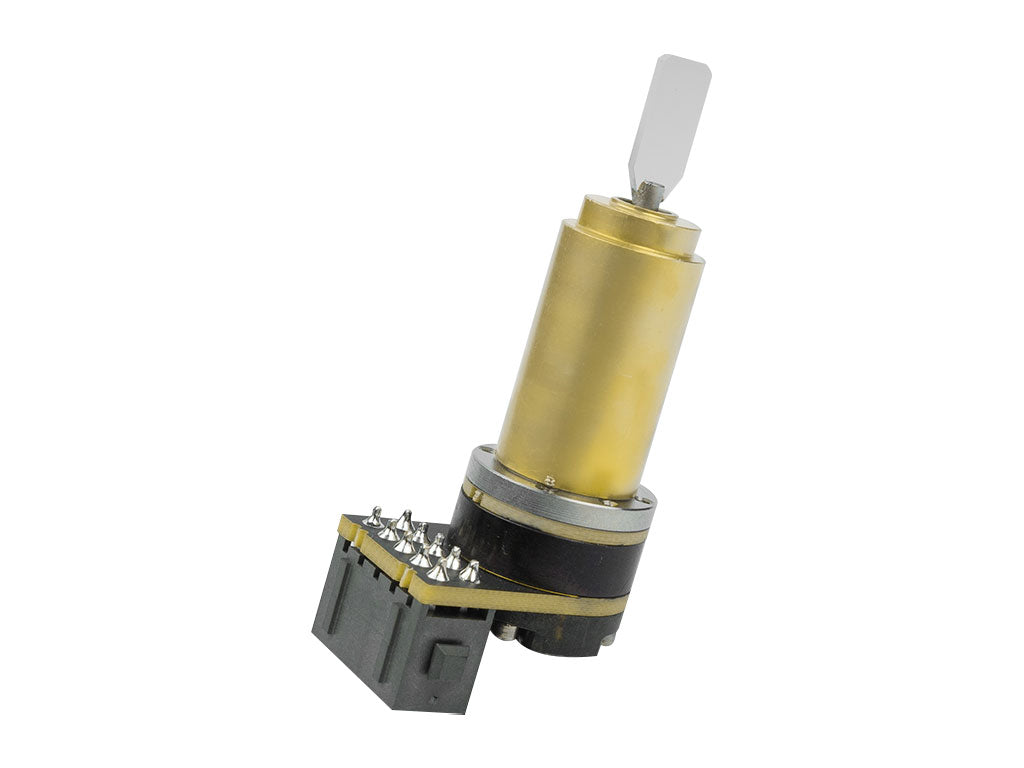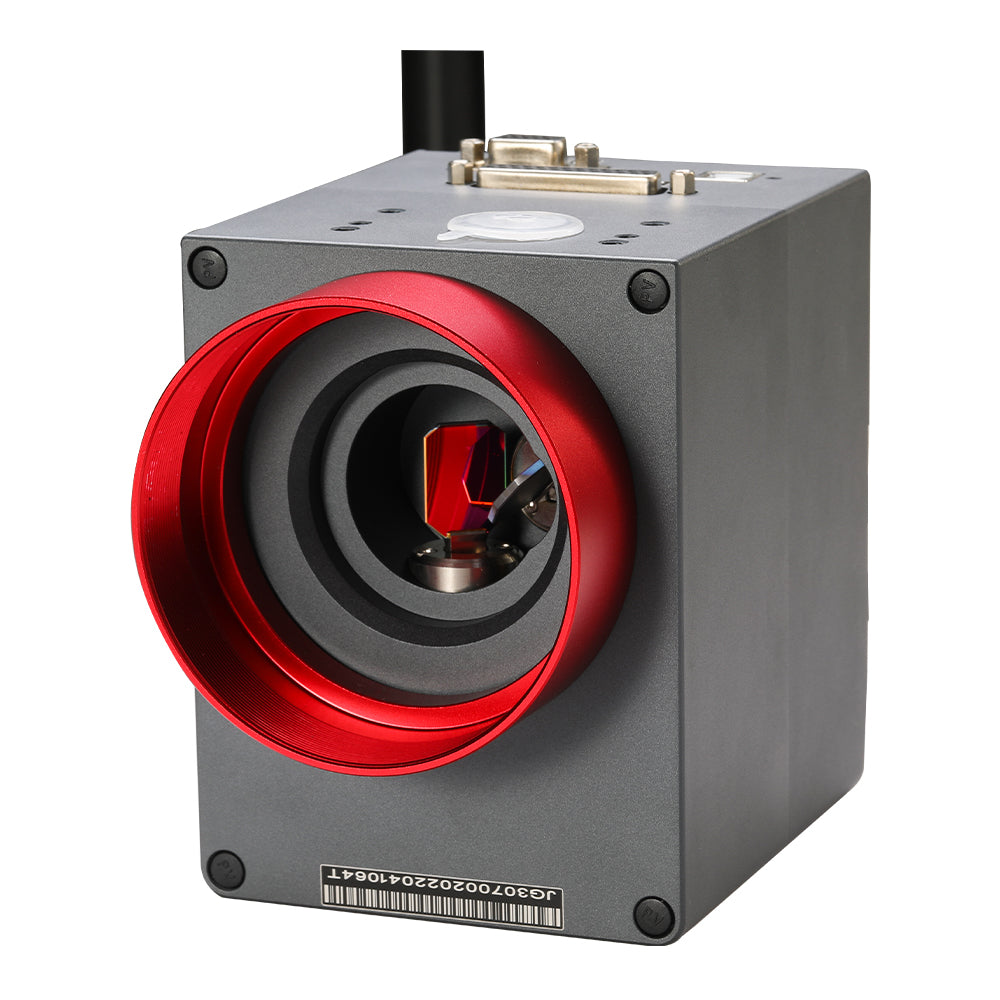How a Galvanometer Scanner Changes Optical Applications for Researchers
How a Galvanometer Scanner Changes Optical Applications for Researchers
Blog Article
Trick Applications of a Galvanometer Scanner in Numerous Scientific Research Study Area
Galvanometer scanners have ended up being indispensable to various clinical study fields, using boosted precision in applications ranging from biomedical imaging to ecological monitoring. As we discover the multifaceted applications of galvanometer scanners, it ends up being noticeable that their impact expands far beyond simple technical abilities, increasing inquiries about their future potential in emerging research study locations.
Biomedical Imaging

In confocal microscopy, galvanometer scanners help with the acquisition of pictures with enhanced resolution and contrast, allowing scientists to visualize mobile components in vivo. The capacity to quickly record numerous focal airplanes boosts the three-dimensional restoration of tissues, offering vital insights right into their design and function.

In addition, the rapid scanning capacities of galvanometer systems add to improvements in vibrant imaging applications, such as checking cellular actions to stimuli. Therefore, galvanometer scanners are crucial devices in the area of biomedical imaging, advancing research study and clinical diagnostics with their accuracy and efficiency.
Material Handling
Accuracy in material handling is essential for accomplishing high-grade cause various commercial applications (galvanometer scanner). Galvanometer scanners play a crucial duty in improving this precision by allowing accurate and rapid activity control throughout the processing of materials such as porcelains, polymers, and steels. These devices facilitate methods like laser cutting, welding, and engraving, which require finely-tuned modifications to ensure optimum results
In laser cutting, for instance, galvanometer scanners enable intricate styles to be carried out with high fidelity, lowering waste and enhancing production efficiency. The rapid activity abilities make it possible for fast modifications in the laser beam of light path, which is crucial for keeping constant cutting quality throughout differing material thicknesses. In laser welding applications, the accuracy used by galvanometer scanners makes sure strong joints with marginal thermal distortion, therefore enhancing structural honesty.
Furthermore, the adaptability of galvanometer scanners to various laser types and wavelengths even more widens their energy in material processing. Their capacity to operate in tandem with advanced software program for real-time surveillance and control adds an extra layer of class, enabling makers to achieve accurate specs customized to specific applications. Hence, galvanometer scanners are indispensable in progressing the abilities of product handling modern technologies.
Optical Characterization
In the realm of optical characterization, the function of galvanometer scanners becomes significantly significant as they assist in the analysis of different optical residential properties with high accuracy. These tools allow exact control of laser beams, permitting researchers to systematically probe materials at several angles and frequencies. This ability is important for characterizing the refractive index, absorption coefficient, and spreading residential or commercial properties of diverse products.
Galvanometer scanners are especially efficient in strategies such as optical comprehensibility tomography (OCT) and laser-induced fluorescence (LIF), where rapid scanning is vital. By attaining high-speed inflection of the laser position, galvanometer scanners enhance the temporal resolution of these methods, causing improved imaging and analysis. Additionally, they allow the expedition of complex communications between light and matter, which is vital for understanding product habits under different problems.
Additionally, the combination of galvanometer scanners with spectroscopic techniques expands their utility, permitting extensive spectral evaluation throughout a vast array of wavelengths. This convenience makes them important tools in fields such as products science, biomedical research study, and nanotechnology, where comprehensive optical characterization is vital for progressing understanding and technology.

Laser Micromachining
The development of laser micromachining has actually revolutionized view it now producing processes, allowing the creation of detailed structures with unequaled accuracy. This technique uses high-intensity laser light beams to exactly remove material from a substrate, making it feasible to produce micro-scale elements that are vital in numerous sectors. The application of galvanometer scanners in laser micromachining improves the efficiency and precision of this process by enabling rapid and precise light beam positioning.
Galvanometer scanners help with the vibrant control of laser light beams, enabling complicated patterns to be etched or reduced with high fidelity. Their rapid reaction times and high-resolution capacities enable the manipulation of laser pulses, which is crucial for accomplishing the desired product residential or commercial properties and surface area coatings. This technology is especially beneficial in markets such as electronic devices, where the miniaturization of components is vital for efficiency improvement.
Furthermore, laser micromachining is significantly being used in the medical field for producing accuracy instruments and implants. The combination of laser innovation and galvanometer scanning not just streamlines production process yet also minimizes waste and improves total material utilization, making it a sustainable selection for modern-day production difficulties.
Ecological Monitoring
Environmental monitoring has become progressively important in evaluating and handling the health and wellness of communities and metropolitan environments. The integration of galvanometer scanners in this field enables accurate, fast, and efficient data collection, helping with better decision-making processes. These scanners are skilled at guiding laser beams or sensors throughout numerous terrains, enabling high-resolution mapping of ecological parameters such as air quality, dirt composition, and water pollution.
In air quality tracking, galvanometer scanners can be utilized to examine particulate matter and gaseous toxins, giving real-time information that educates public wellness efforts. For water quality analyses, these scanners can assist in detecting impurities and gauging physical parameters, therefore ensuring conformity with environmental policies. In addition, in remote noticing applications, galvanometer scanners enhance the ability of satellite and drone systems to capture in-depth images and information view it now of vast locations, determining anthropogenic effects and environmental adjustments.
The versatility and precision of galvanometer scanners make them crucial tools in environmental monitoring, adding considerably to lasting development efforts and the defense of natural deposits. As the demand for reliable ecological administration grows, the function of these innovative tools will unquestionably increase additionally.
Final Thought
In recap, galvanometer scanners act as essential tools across numerous scientific research domain names. Their application in biomedical imaging enhances the accuracy of methods crucial for cellular visualization and diagnostics. In material processing, these scanners help with innovative laser cutting and welding processes, making sure minimal distortion. Their function in ecological tracking emphasizes the significance of accurate data collection in attending to public health and ecological challenges. The versatility and efficiency of galvanometer scanners remain to drive read this post here innovations in these critical areas.
In laser welding applications, the accuracy offered by galvanometer scanners makes sure strong joints with minimal thermal distortion, consequently improving architectural integrity.
Additionally, the adaptability of galvanometer scanners to various laser types and wavelengths additionally expands their utility in product processing. By achieving high-speed inflection of the laser position, galvanometer scanners enhance the temporal resolution of these approaches, leading to enhanced imaging and analysis. The application of galvanometer scanners in laser micromachining boosts the effectiveness and precision of this process by allowing quick and accurate beam positioning.
Galvanometer scanners promote the dynamic control of laser beams, making it possible for complicated patterns to be engraved or reduced with high integrity.
Report this page